
News & Articles
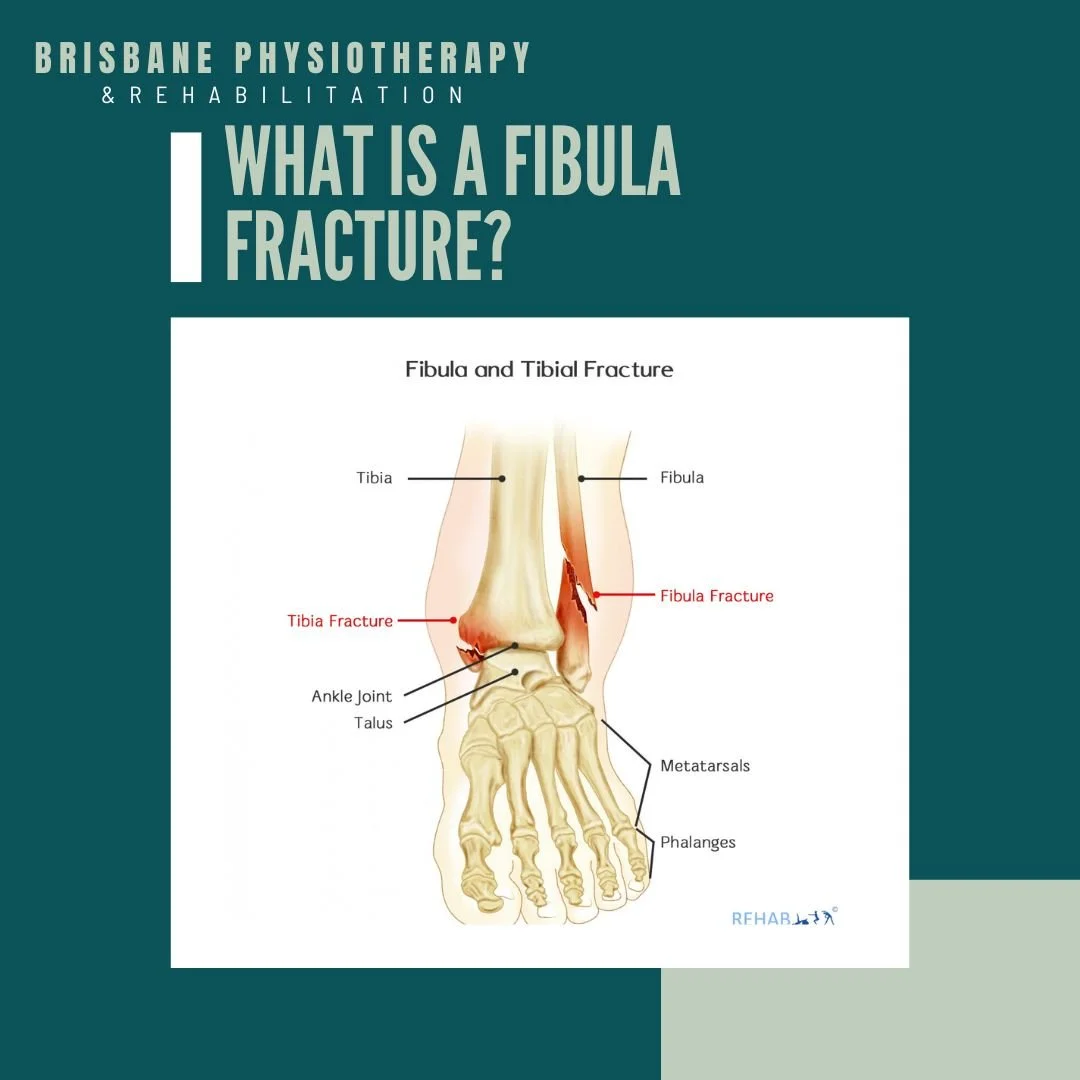
What is a Fibula Fracture?
A fibula fracture involves a break or crack in the fibula, one of the two long bones located in the lower leg alongside the tibia.
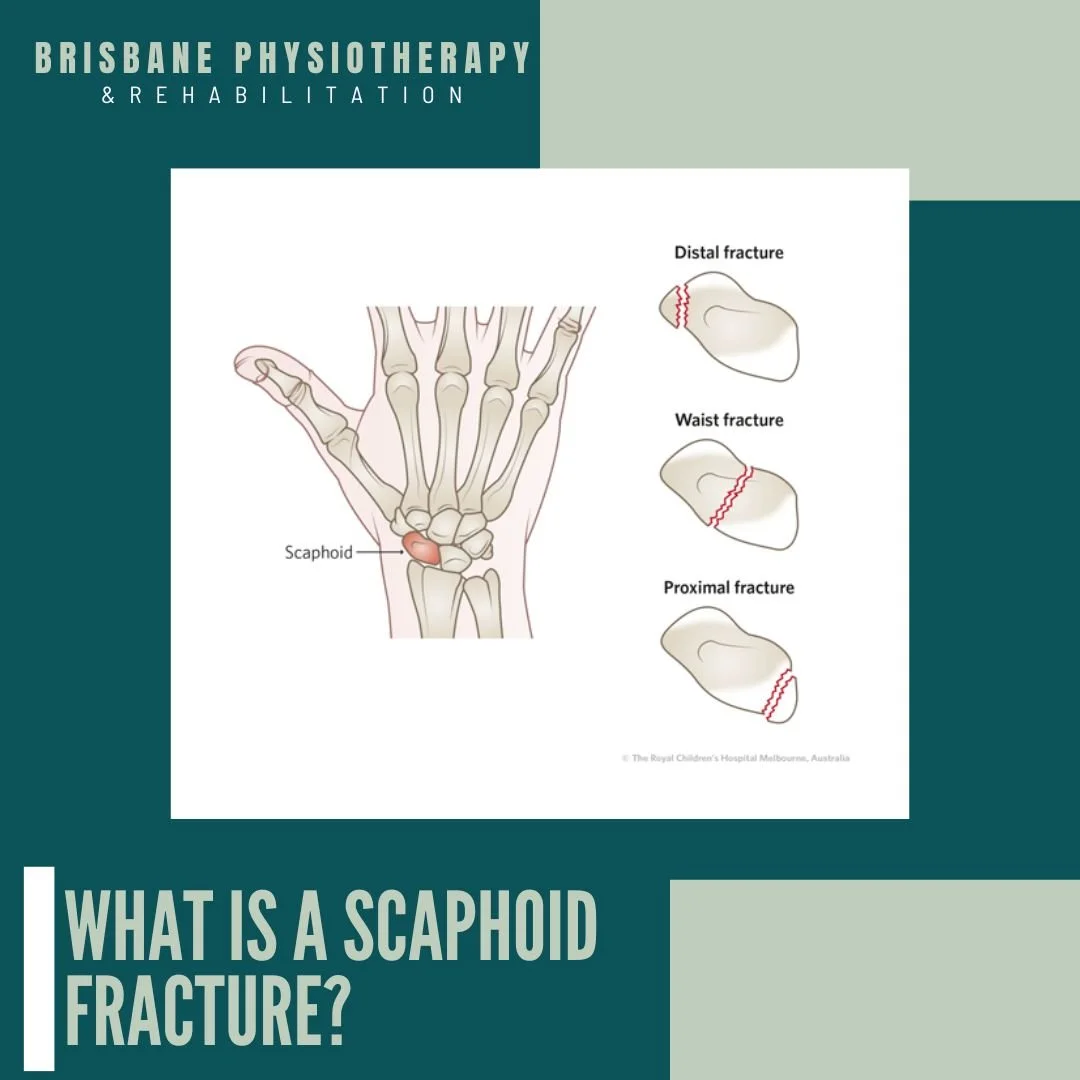
What is a Scaphoid Fracture?
A scaphoid fracture involves a break or crack in the scaphoid bone, one of the small bones in the wrist.
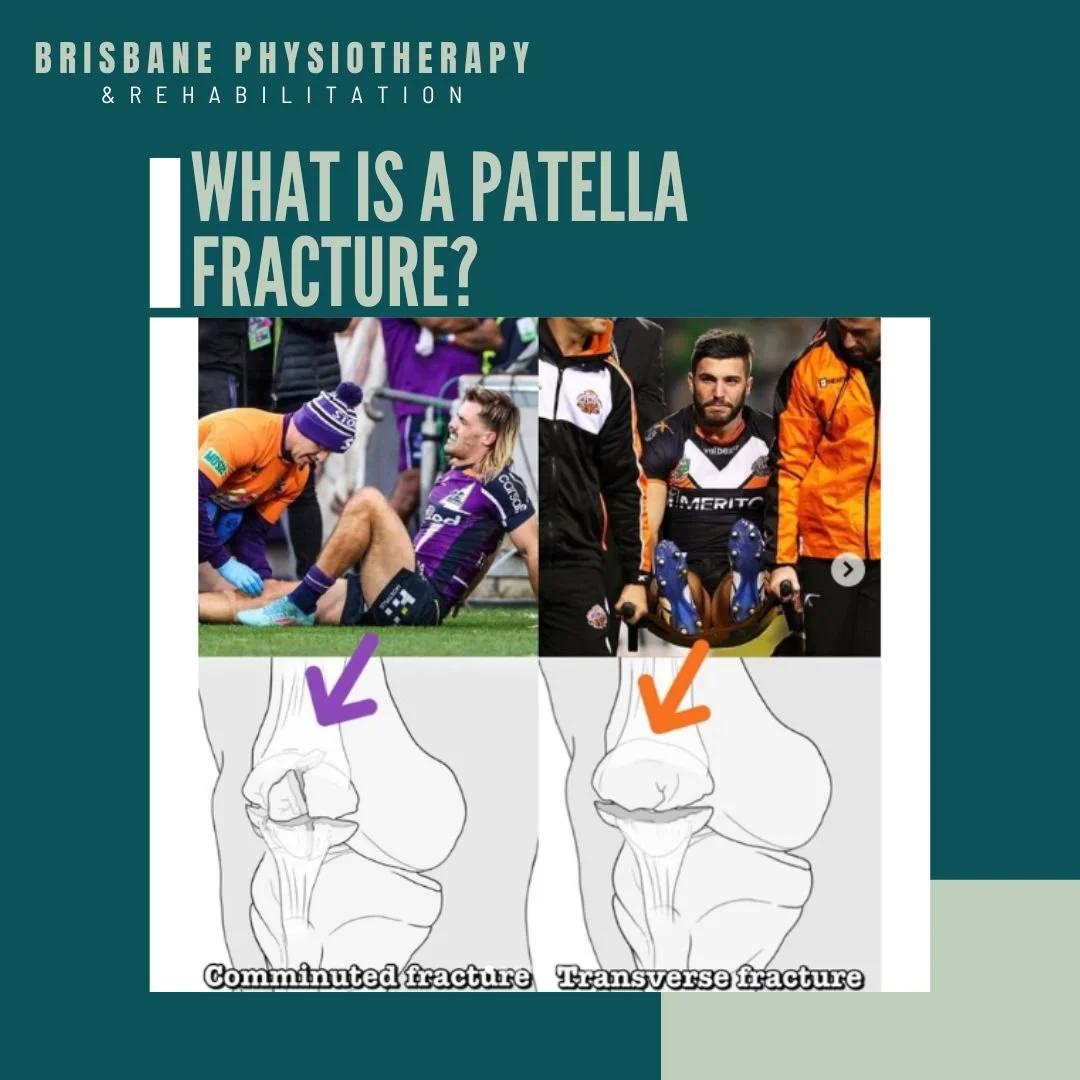
What is a Patella Fracture?
A patella fracture involves a break or crack in the kneecap, which is a small, flat, triangular bone at the front of the knee.
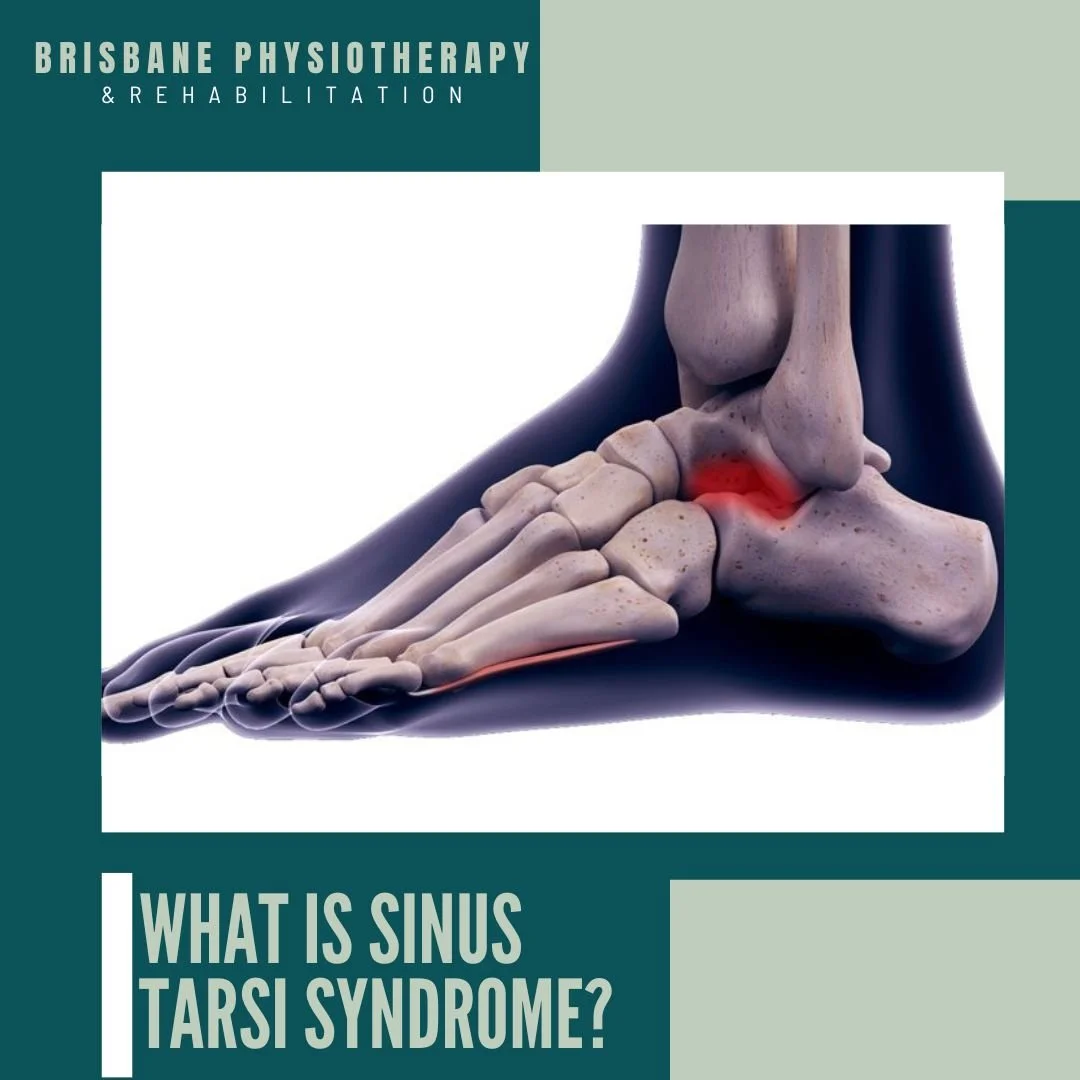
What is Sinus Tarsi Syndrome?
Sinus Tarsi Syndrome is a condition characterized by pain and inflammation in the sinus tarsi, a small tunnel-like cavity located on the outside of the ankle between the talus and calcaneus bones.

What is the Boom-Bust Chronic Pain Cycle?
The "boom-bust" cycle, also known as the "push-crash" cycle, is a phenomenon often observed in individuals with chronic pain conditions.
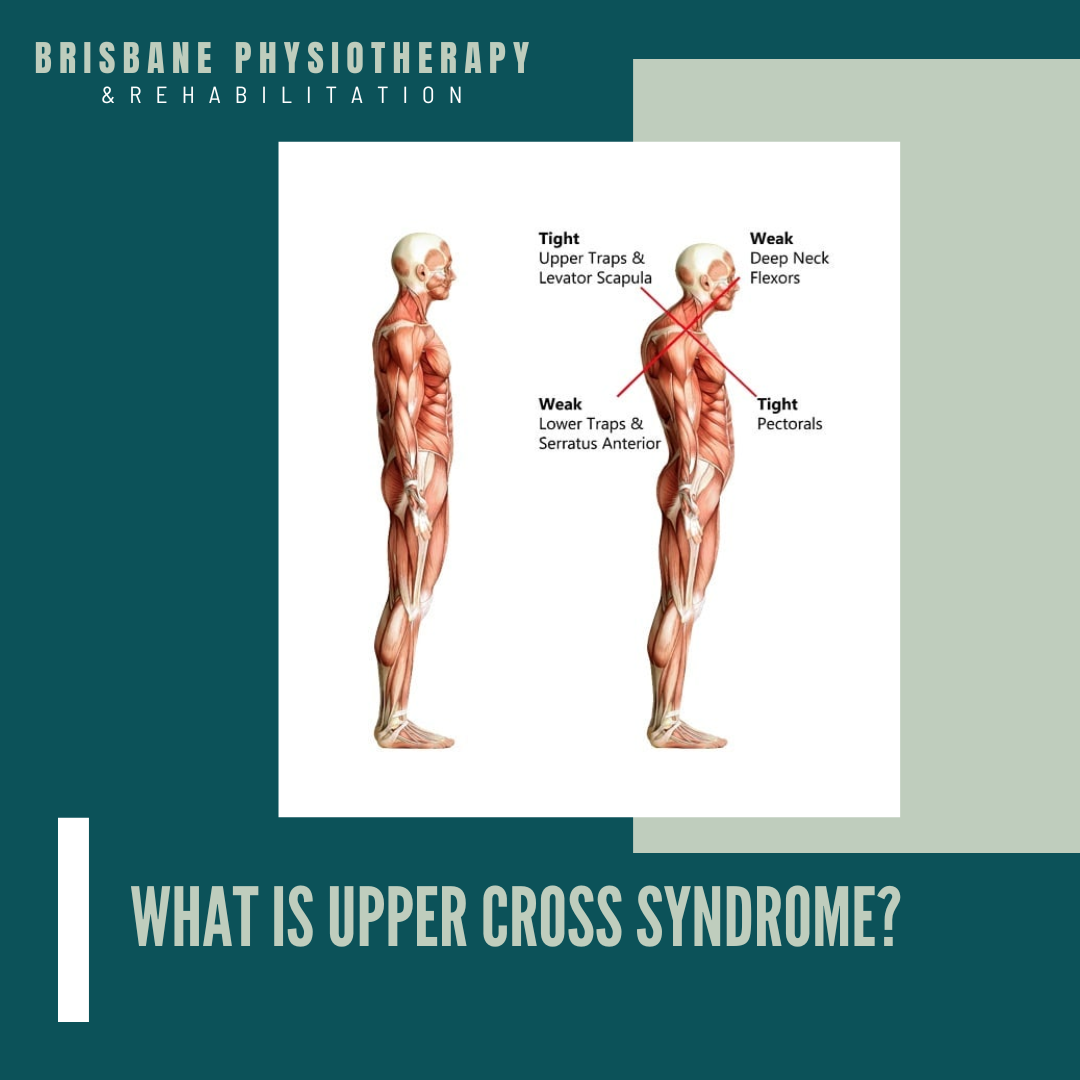
What is Upper Cross Syndrome?
Upper Cross Syndrome (UCS) is a postural dysfunction characterized by muscle imbalances in the upper body.

What is Lower Cross Syndrome?
Lower Cross Syndrome (LCS) is a postural imbalance that typically involves a combination of muscle weakness and tightness in the pelvic and lumbar regions.

What is a Repetitive Stress Injury (RSI)?
Repetitive stress injuries (RSIs), also known as repetitive strain injuries, are a group of conditions that result from the repetitive use or overuse of a particular part of the body.
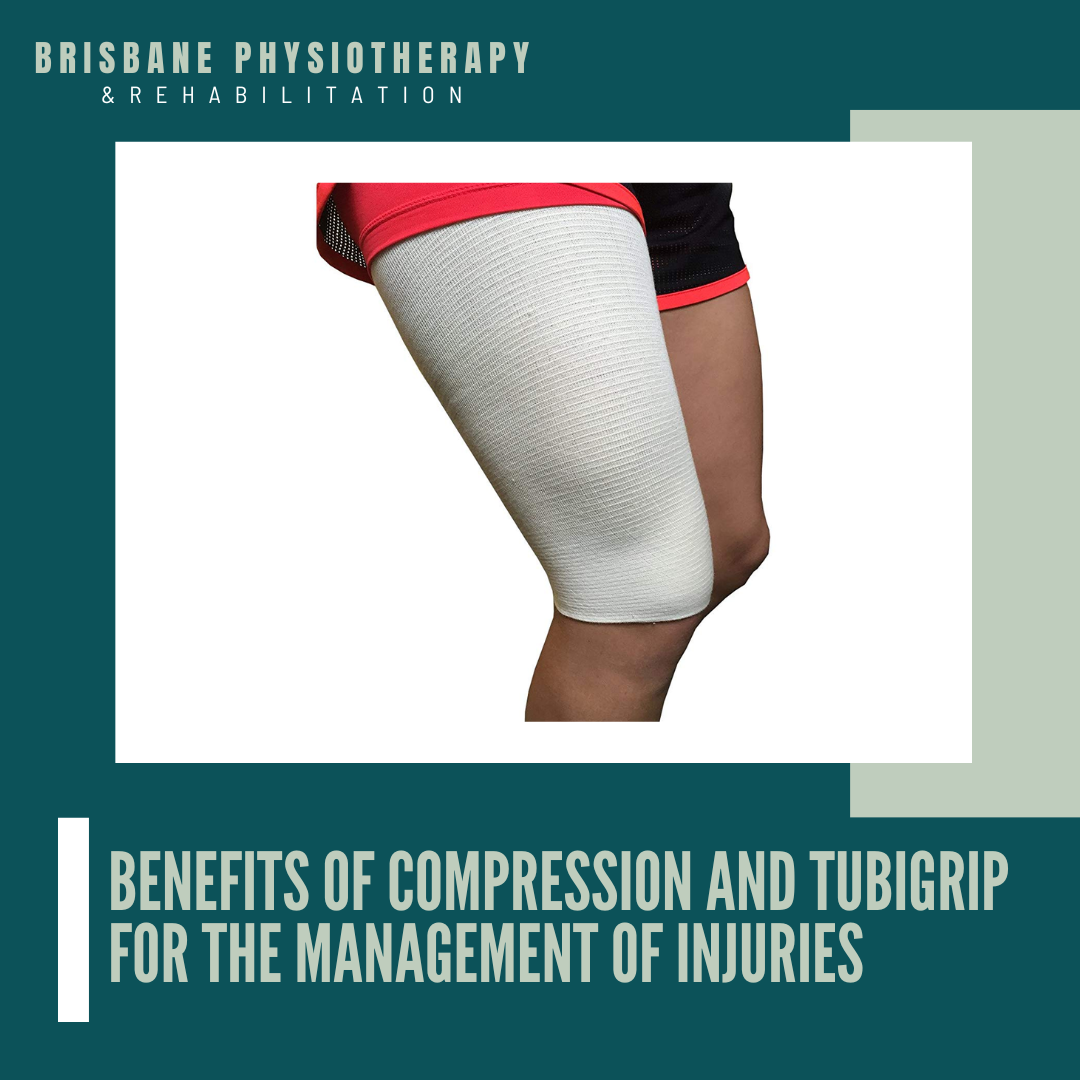
Benefits of Compression and Tubigrip for the Management of Injuries
Compression garments apply pressure to the affected area, which can help reduce swelling and oedema.

Benefits of Electrical Stimulation machines
Electrical stimulation machines, also known as neuromuscular electrical stimulation (NMES) or transcutaneous electrical nerve stimulation (TENS), offer various benefits in physiotherapy.